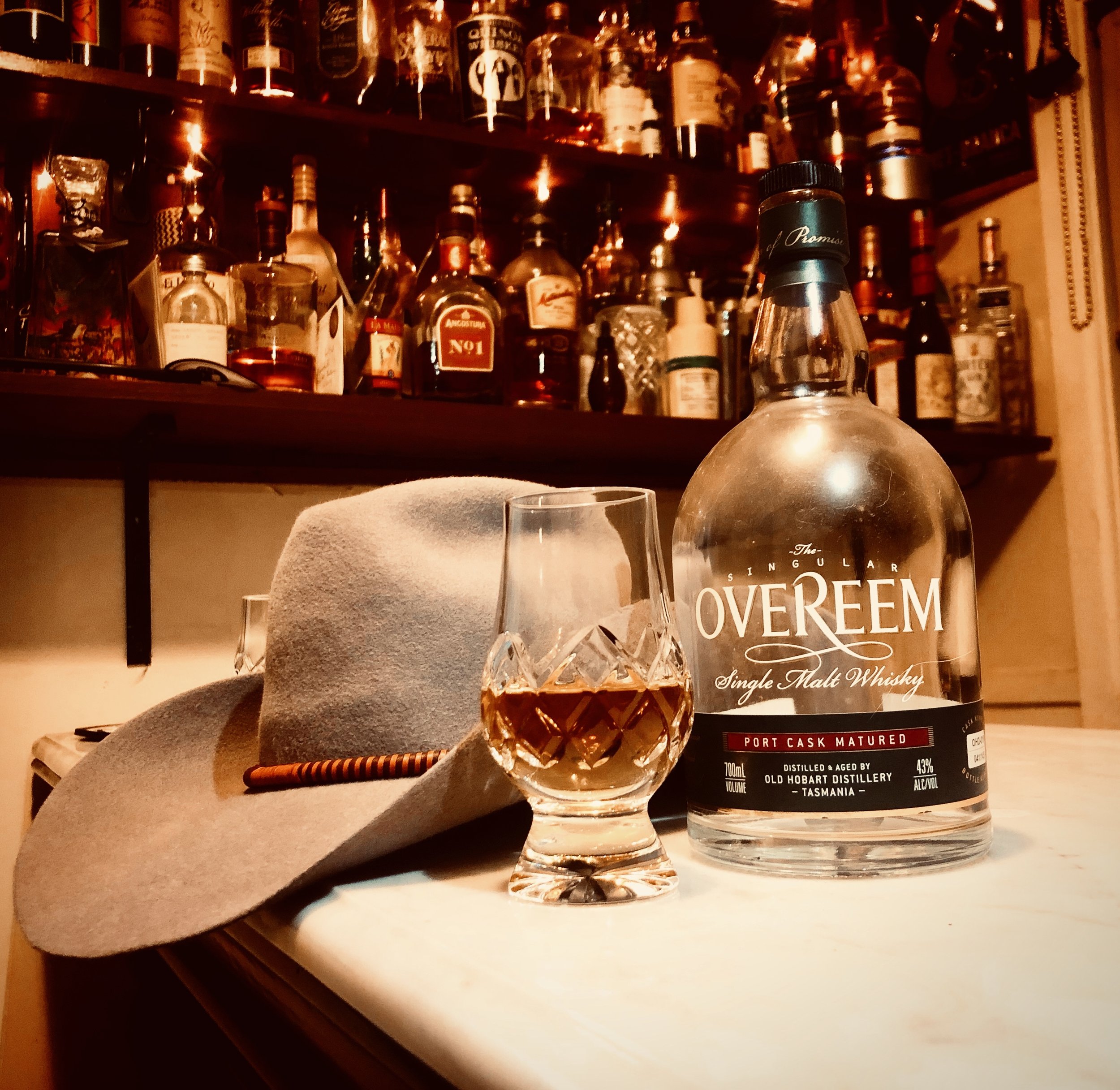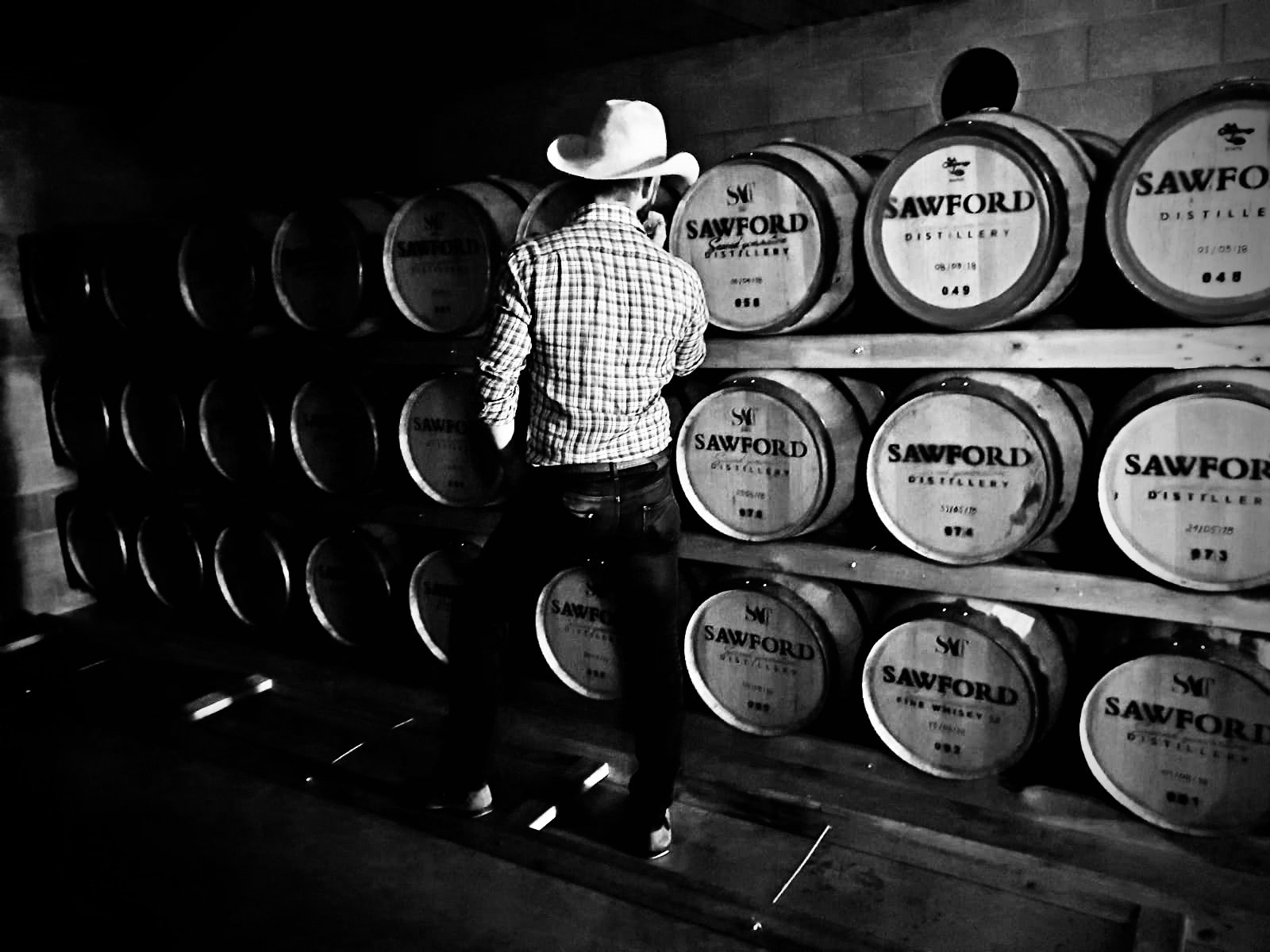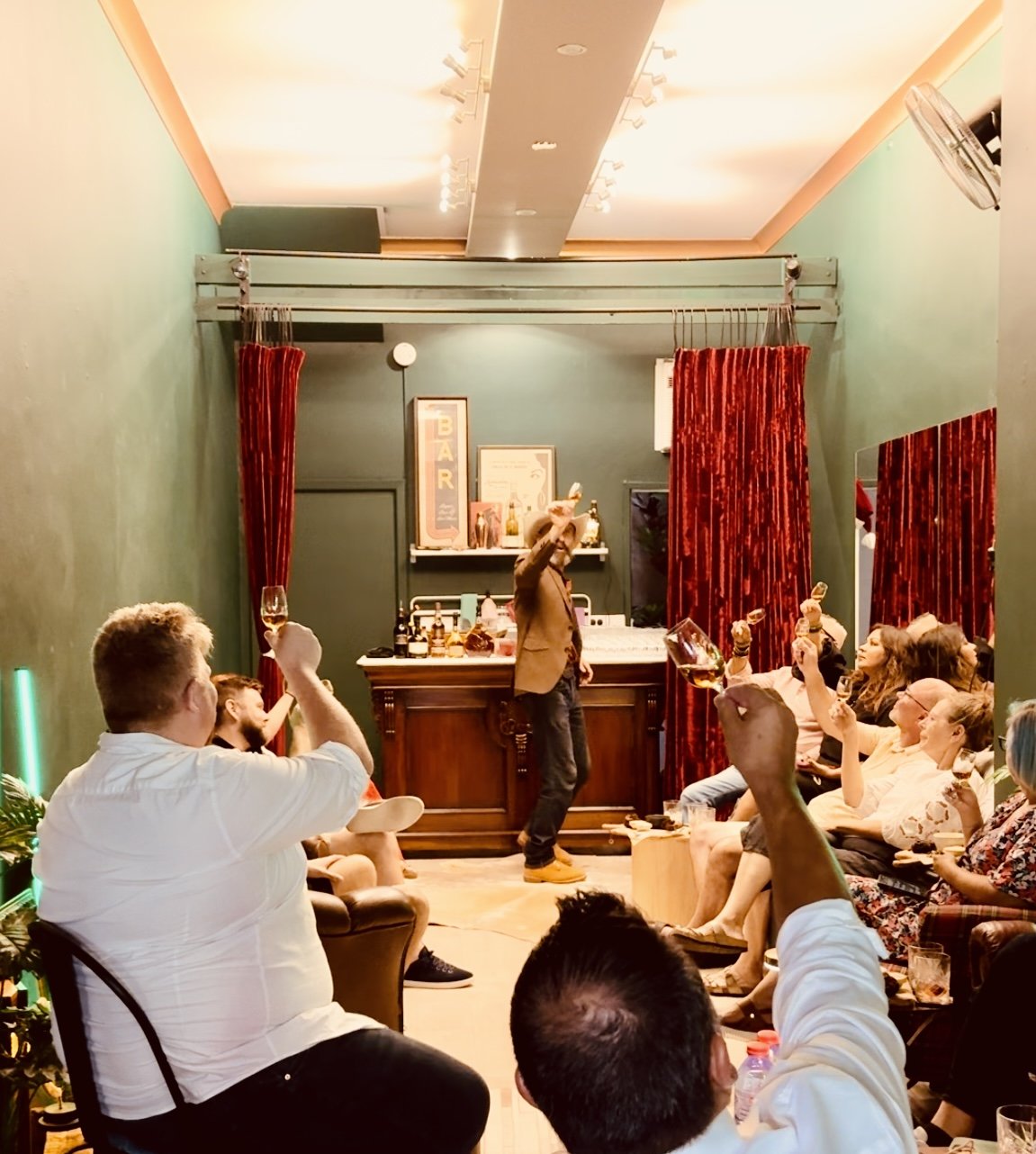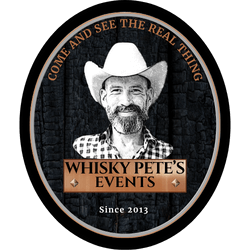
Raise a Glass to the Right Glass
Choosing the right whisky glass is like picking your dance partner—get it right, and you’ll be gliding through flavours with ease. From tumblers to tulips, let’s dive into which glass suits your dram best.

Jameson Whiskey Mash: The Heartbeat of Irish Spirit
Dive into the delightful chaos of Jameson's legendary mash!

Is a $500 Bottle of Whisky Worth It? Is it Liquid Gold?
Dive into the world of $500 whiskies—where dreams, nightmares, and liquid legends collide.

The Price of Old Tavern Whisky: Worth Every Penny or Just Pennies
Explore the quirks and charms of Old Tavern Whisky, where price meets pleasure.

Passion, Grit and a Damn Good Ride
Entrepreneurship isn’t a straight line. It’s a wild, glorious ride full of spills, stumbles, and those rare, electric moments where everything clicks. Sometimes it looks like spreadsheets and strategy. Other times? A mechanical bull, a cowboy hat, and a bottle of whisky.

Beyond the Slide Deck: How Whisky Turns Client Night Into Something Memorable
Ditch the data dump. Last week, MA Money rewrote the rulebook on client events with a night of acoustic music, skyline views, and defining drams. From Weller’s caramel-rich bourbon to Hibiki’s elegant orchard notes, each pour sparked real conversation and reminded us why connection matters more than a slideshow ever could.

Smoky Sundays: Why the Best Whisky Moments Aren’t Just Tasted—They’re Felt
Not every dram speaks in tasting notes. Discover how sensory storytelling creates unforgettable whisky moments with a touch of smoke and soul.

EOFY Whisky Events: The Clever Way to Celebrate and Save Your Budget
EOFY creeping up and no party plan in sight? With a little whisky, a lot of charm, and a turnkey experience, you can throw a send-off that’s generous, strategic, and budget-savvy.

When a Pour Becomes a Performance: The Power of Presentation in Whisky Service
There’s “open bar”… and then there’s tongs, crystal, and a bottle dressed for the opera. This wasn’t just a pour—it was a performance.

The Whisky That Changed Everything: My Turning Point Dram
Some whiskies just warm your chest. Others light a fire. For me, it was the 1974 Adelphi Bunnahabhain 35-Year-Old—a pour that redefined everything I thought I knew about whisky. Here’s the story of the dram that changed it all.

The Second Sip Stays: Why Great Whisky Deserves a Second Look
“The first sip surprises you. The second sip stays.” At Whisky Pete’s Events, we believe it’s that second taste where flavour becomes feeling—and every great event starts to really take shape.

How Whisky Taps Into Memory: A Sensory Take on Tasting
She told me the whisky tasted like “a bonfire after rain.” That’s when I realised whisky isn’t just about flavour—it’s about memory. Here’s why emotional notes matter more than tasting ones.

Does Older Whisky Really Taste Better? The Truth About Age Statements
Not all old whisky is great—and not all young whisky is lacking. Here’s why age statements don’t always tell the whole story—and what to look for instead.

The Essential Whisky Tasting Kit: What You Need to Start Your Journey
Discover the essential tools for an unforgettable whisky tasting experience. From the perfect glass to clever alternatives like a teaspoon for adding water, learn how to elevate your dram. Whether hosting at home or booking a private Whisky Pete event, this guide has you covered.

6 Ways Whisky Brings People Together (and Why That Matters)
People often ask me how Whisky Pete’s Events started. The answer is simple: with a deep love for whisky and a burning passion to share that experience with others. I’ve spent over two decades learning, tasting, and connecting over a dram. The goal was never about chasing money; it was always about chasing excellence, education, and the magic that happens when good people share a great whisky. It’s been a journey of craft, community, and good times. That’s what Whisky Pete’s is all about.

The Evolution of Whisky: From Ancient Elixirs to Modern Masterpieces
Whisky isn't just a drink; it's a living story. Discover how whisky has evolved from ancient elixirs to modern masterpieces in this journey across cultures and time.

The Best Private Whisky Tasting Experiences in Sydney
Step inside an exclusive Whisky Pete private whisky tasting experience. Discover the magic of intimate masterclasses, premium spirits, and unforgettable moments in Sydney
